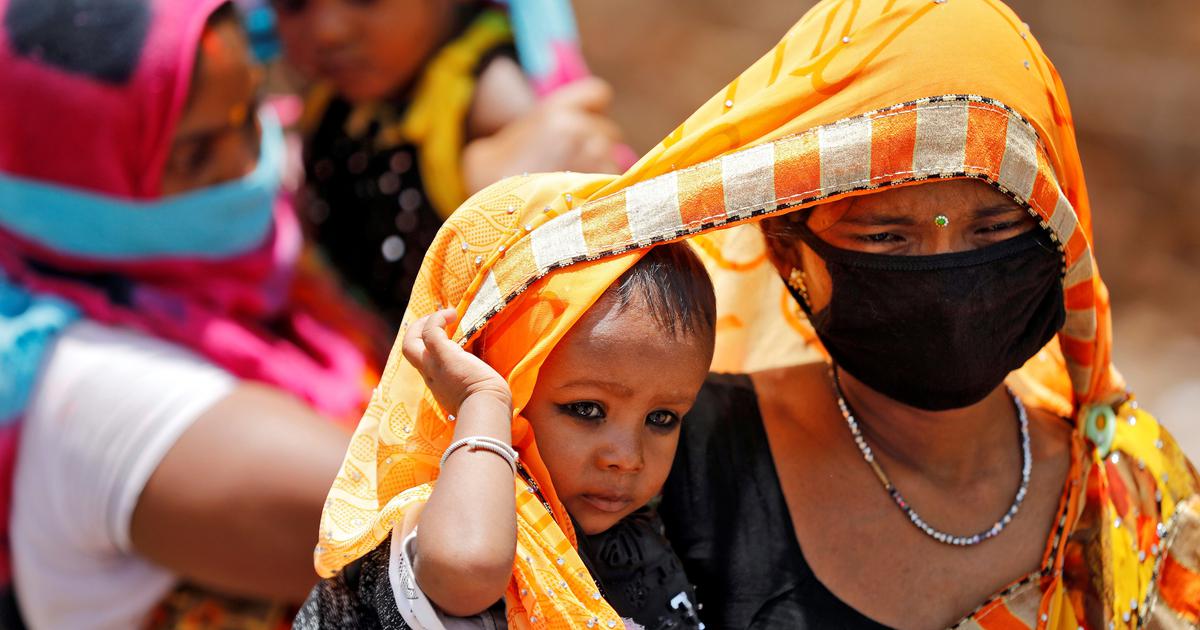More women tend to walk to work compared to men — 45.4% versus 27.4%, respectively, a World Bank report said. The report added that women are amongst the biggest users of public transport across Indian cities, where 84% of their trips were estimated to be by public transport,.
According to the World Bank’s report — a toolkit on ‘Enabling Gender Responsive Urban Mobility and Public Spaces in India’, how men and women travel is intrinsically different. The report aims to guide Indian cities on how to design public transport that is more inclusive of women’s travelling requirements.
More women travel by bus and are likely to consider affordability into account when travelling, the report said, adding that they often choose slower means of transport since faster modes are more expensive. Lack of safety also deters women from stepping out, reducing their presence in public spaces, it added.
The report also recommends several interventions in transport and public spaces, including adequate streetlighting, improved walking and cycling tracks that particularly benefit women who are big users of non-motorised transport. The report said that devising lower fare policies can boost ridership for women and persons of other genders. Setting up a strong grievance redressal system can help fast-track sexual harassment complaints.
“As urban mobility systems expand, implementing agencies are feeling the need to address concerns of different genders and ensure safe and inclusive public spaces and public transport for women,” said Gerald Paul Ollivier, Lead Transport Specialist, World Bank, and co-author of the toolkit. “The toolkit brings together lessons learned on the ‘what’ and ‘how’ through a series of 50 case studies from across India and the rest of the world, throwing light on interventions that have worked.”

